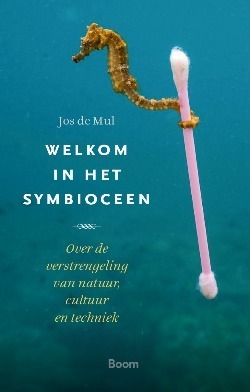Jos de Mul. Meeting Erica and OSCAR. On almost living bodies, new media aesthetics, and the East-West divide. Invited lecture at the 20th In ternational Congress of Aesthetics. Seoul, July 26, 2016.
It is often noticed that the attitude towards robots and artificial intelligences in Western culture differs strongly from the attitude in Asia. Whereas in the Western world android robots are under taboo, Asian scientists and artists seem to be fond of robots that mimic human appearance and behavior. It has been claimed that the differences in attitude towards android robots are connected with differences in worldview and religion. Whereas Asian, interconnected cultures do not sharply distinguish between human subjects and natural objects, in Western, separative cultures a sharp distinction is being made between active subjects and passive objects. Moreover, in the Christian tradition the creation of living things is traditionally considered to be a taboo (‘Thou shall not play God!’). Although the notion of the ‘uncanny valley’ (the unpleasant feeling evoked by robots or other entities that closely resemble living human beings, such as corpses and zombies was introduced by the Japanese robot specialist Masahiro Mori, at first sight it seems more applicable to the Western attitude towards android robots than to the Asian attitude. Taking some prominent European and Asian new media artworks in which artificial life and robots play a prominent role as a starting point, I will focus on the question whether these stereotypes are still valid in contemporary, globalized intercultures.
2016-07-26 (Seoul) Meeting Erica and OSCAR. On almost living bodies, new media aesthetics, and the East-West divide
Typography
- Smaller Small Medium Big Bigger
- Default Helvetica Segoe Georgia Times
- Reading Mode








